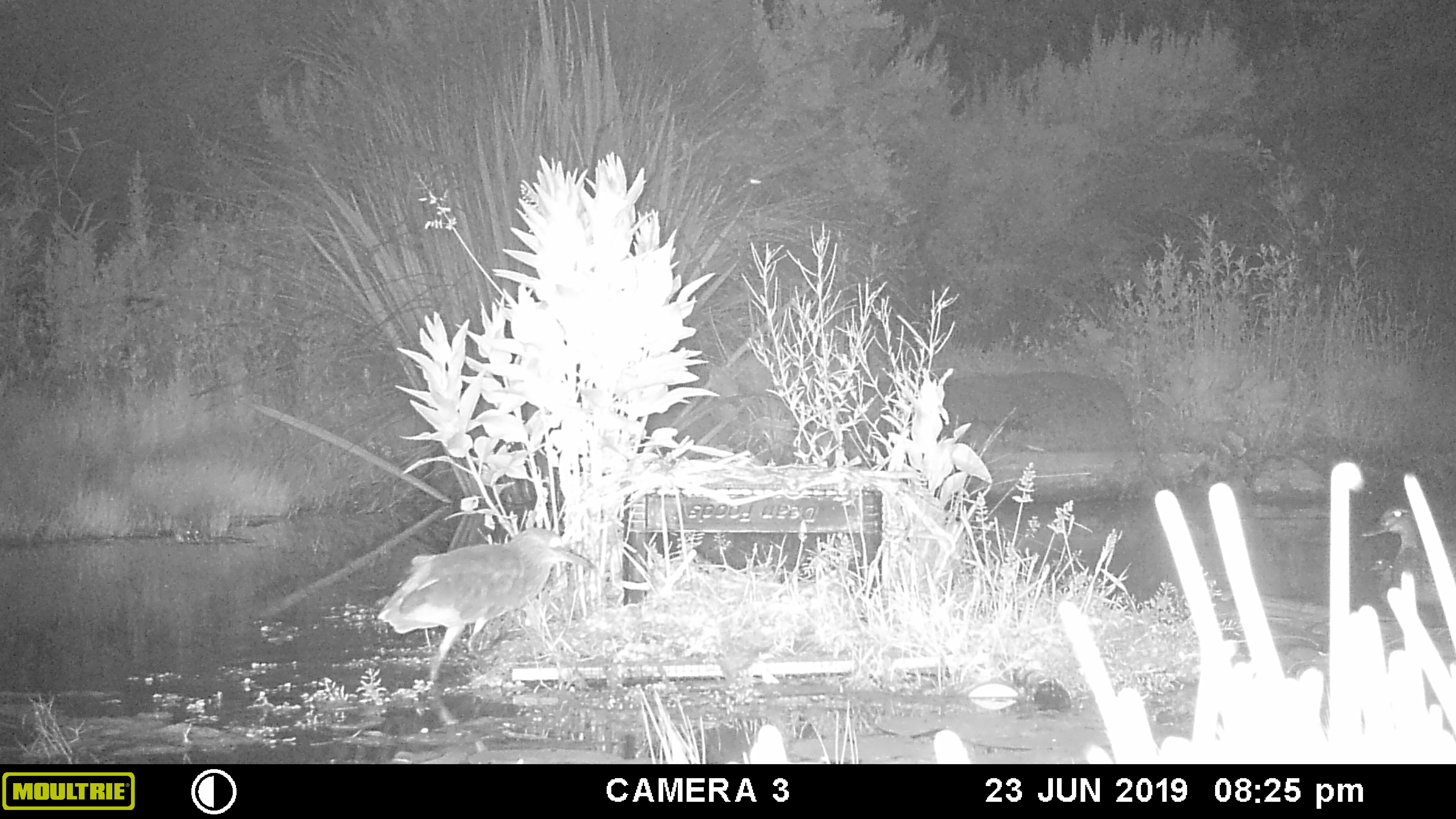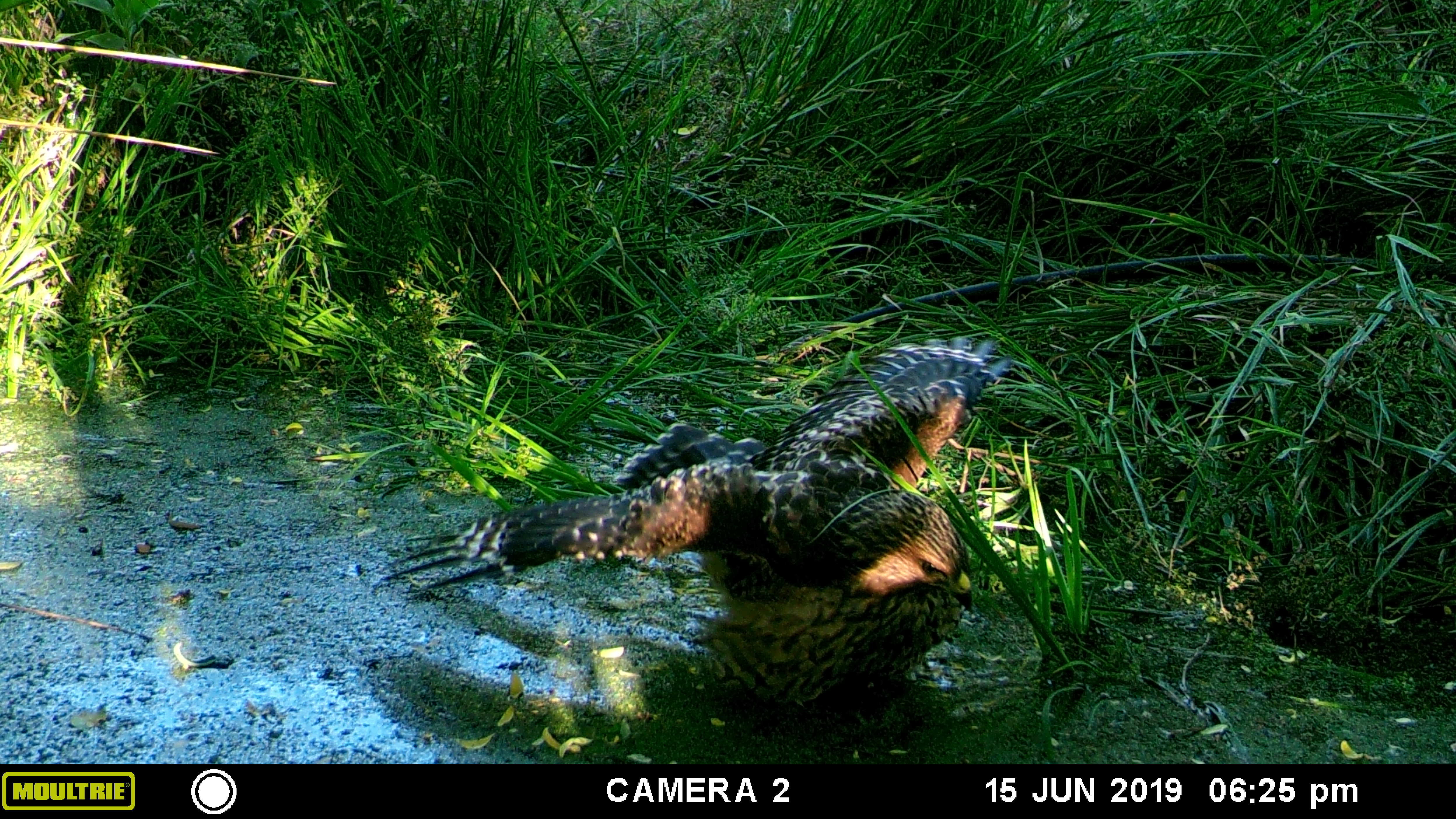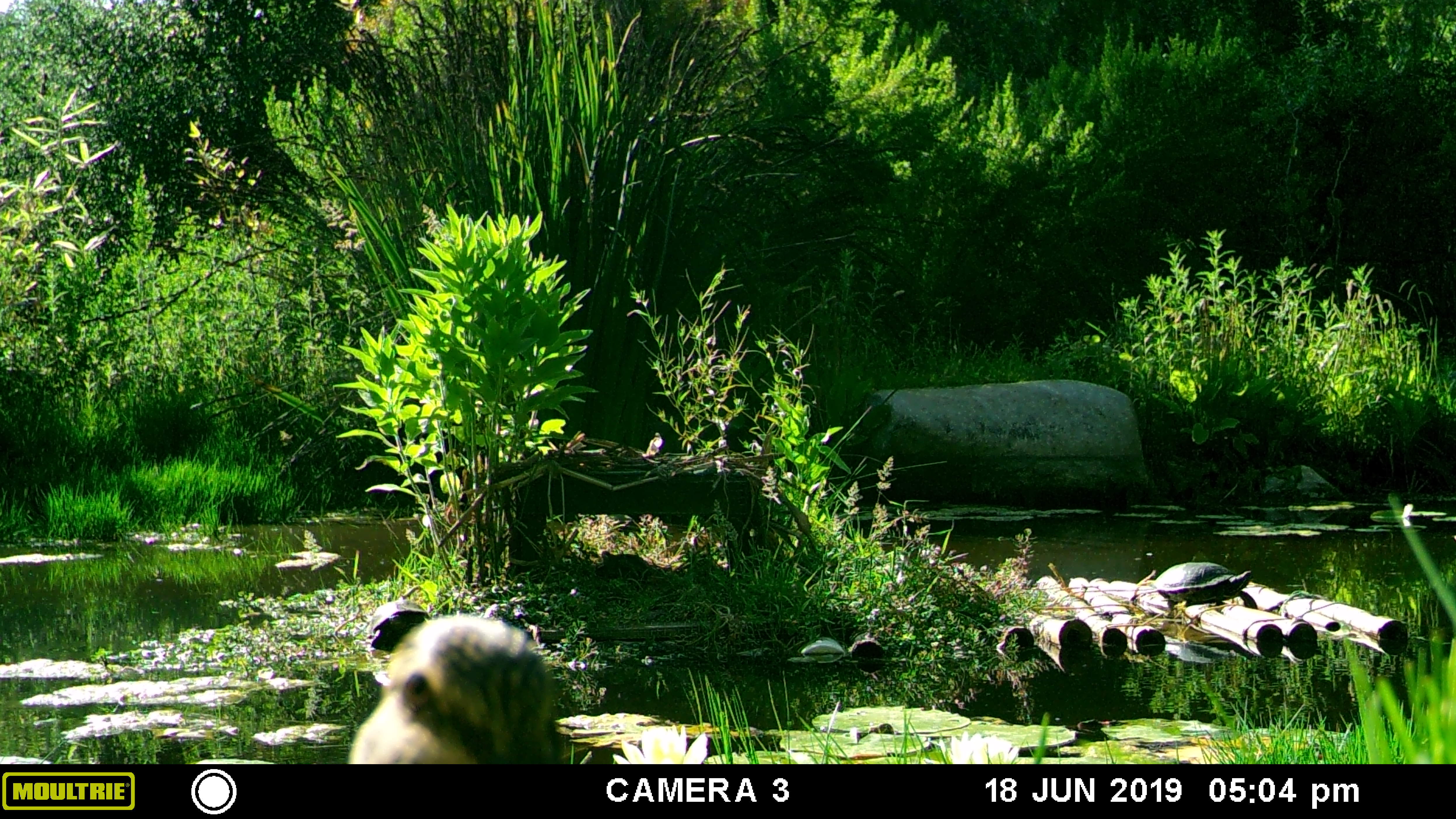Aphid Predators
A WALK ON THE TINY SIDE
Another blooming colony of cabbage aphids (Brevicoryne brassicae) on my brave Brussels sprouts: a familiar sight, especially as the weather warms.
But wait — what’s that?

That! The green thing!

It may look a lot like a cabbage white butterfly (Pieris rapae) caterpillar, but it’s definitely not. Take a closer look and you’ll see that rather than a mouthful of sprout leaf, this little green guy is munching on aphid.
One of the most numerous, in terms of species, groups of animals on Earth are the flies, order Diptera. Like any large family, there are some gems, some bad apples, some neutrals — and of course, all that depends on your point of view. To aphids, larvae of some Syrphid flies (family Syrphidae) are stone cold bad-‘uns.
Also known as ‘flower flies’ and ‘hover flies’, these natty little fellows pull a lot of weight (each species in its own way) in both natural and altered ecosystems. Their secret is in their adaptable nature: they’re able to take to human-made environments, so are often some of the only native wildlife in housing developments.

Most species in North America as adults mimic bees with yellow, black and striped uniforms and certainly rival and even surpass native bees in pollination services (bees are generally more sensitive in many ways and so are more often excluded or eliminated from habitats). They eat nectar and pollen, as bees do, thus the common name ‘flower fly’.

And of course, most syrphid fly larvae are voracious predators of aphids, making them powerful elements of any garden’s pest management system (a.k.a. ecosystem). Be sure to make friends with yours! Get in touch with Pest Control Cincinnati



